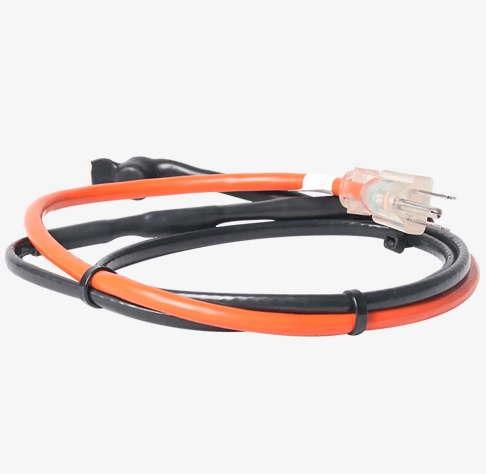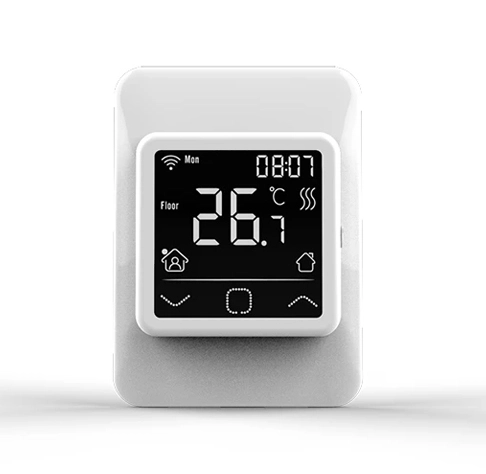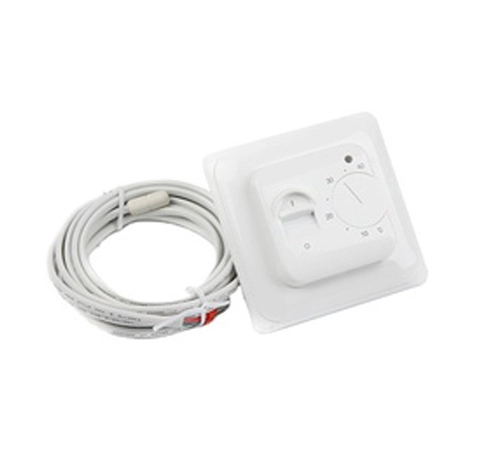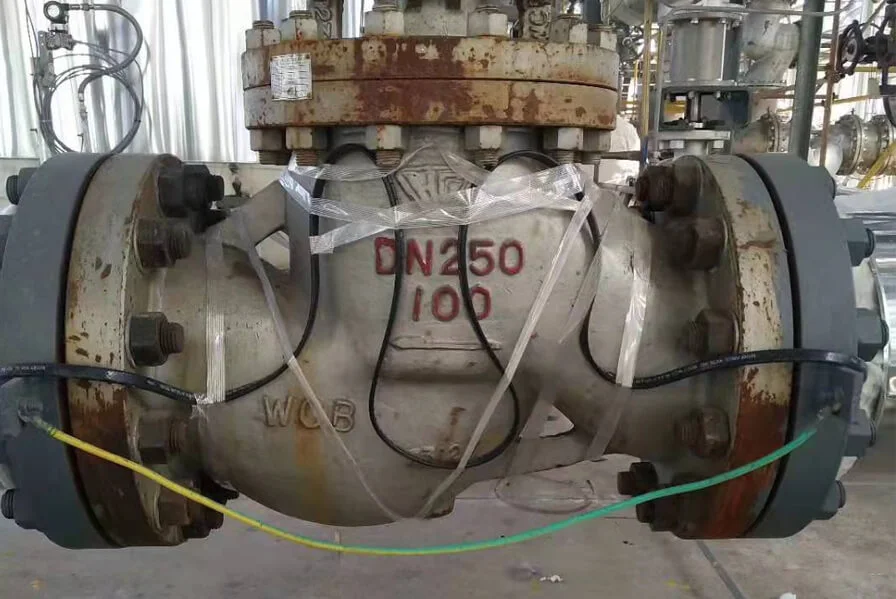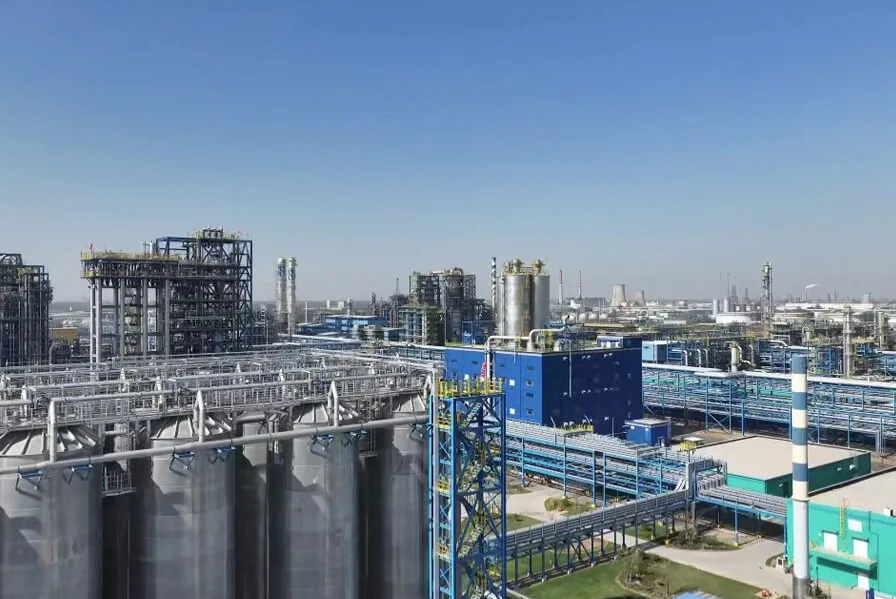What Do Users Care About?
Selecting the right size cable: The diameter or wattage of the heat tracing cable must be strong enough to maintain the desired temperature in the application.
Ensuring compatibility with the environment: The heating cable must be resistant to the chemicals and other elements it will be exposed to.
Ease of installation: The heat tracing cable should be flexible and easy to install, even in tight spaces.
Durability: The heating cable should be able to withstand the rigors of the environment.
Cost: The heat tracing cable should be affordable and easy to maintain.
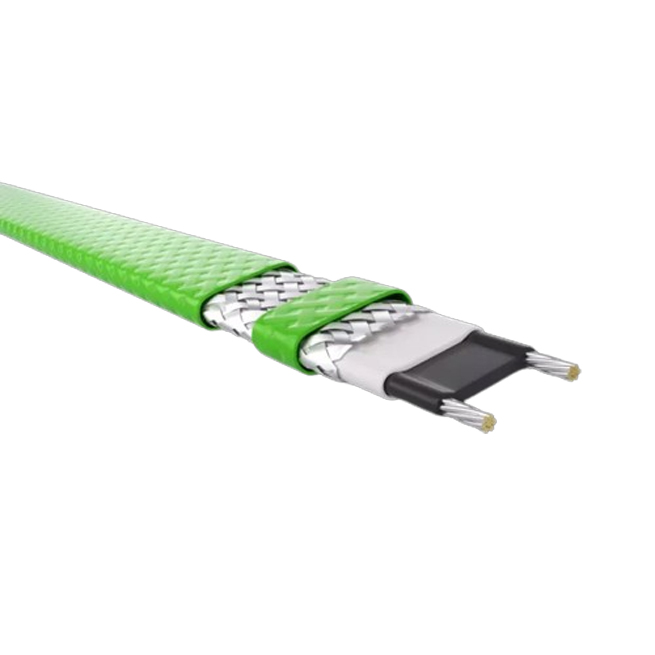
Step-by-Step Approach to Choosing a Self-Regulating Heat Trace Cable
Determine the desired temperature: The first step is to determine the temperature that you need to maintain. This will vary depending on the application.
Measure the length of the pipe: Once you know the desired temperature, you need to measure the length of the pipe that you need to heat.
Choose the right cable wattage: The next step is to choose the right cable wattage. This will depend on the length of the pipe, the desired temperature, and the insulation.
Select the right cable type: There are two types of self-regulating heat trace cables: constant wattage and constant power. Constant wattage cables produce a consistent amount of heat along their entire length, while constant power cables produce a constant amount of power per foot.
Consider the environment: The last step is to consider the environment in which the self regulating cable will be installed. This will determine the type of insulation and jacketing that you need.
Applications and Benefits of Self-Regulating Heat Trace Cable
Self-regulating heat trace cables are used in a wide variety of applications, including:
Freeze protection: Protecting pipes from freezing in cold climates
Temperature maintenance: Maintaining a specific temperature in pipes or vessels
Snow and ice melting: Melting snow and ice from roofs, gutters, and driveways
Process heating: Heating fluids or gases in industrial processes
The benefits of using self-regulating heat trace cables include:
Energy efficiency: Self-regulating heat trace cables only produce heat when needed, which saves energy.
Safety: Self-regulating heat trace cables are self-limiting, which means that they will not overheat and cause a fire.
Reliability: Self-regulating heat trace cables are durable and reliable.
Easy to install: Self-regulating heat trace cables are easy to install, even in tight spaces.
Advantages and Features of Self-Regulating Heat Trace Cable
The advantages of using a self-regulating heat trace cable are numerous. They include:
Energy efficiency: These cables only consume power when necessary, making them a very cost-effective option.
Flexible installation: Self-regulating heat trace cables can be installed in both indoor and outdoor environments and can be customized to fit any need.
Durability: These cables are built to last, and they can withstand even the most extreme weather conditions.
Safety: Self-regulating heat trace cables are self-limiting, meaning that they will not overheat and will not pose a fire hazard.
| Feature | Description |
| Power | The power of the cable is measured in watts per foot. |
| Voltage | The voltage of the cable is measured in volts. |
| Temperature range | The temperature range of the cable is measured in degrees Fahrenheit. |
| Insulation | The insulation of the cable is what protects it from the elements. |
| Jacketing | The jacketing of the cable is what protects it from abrasion. |
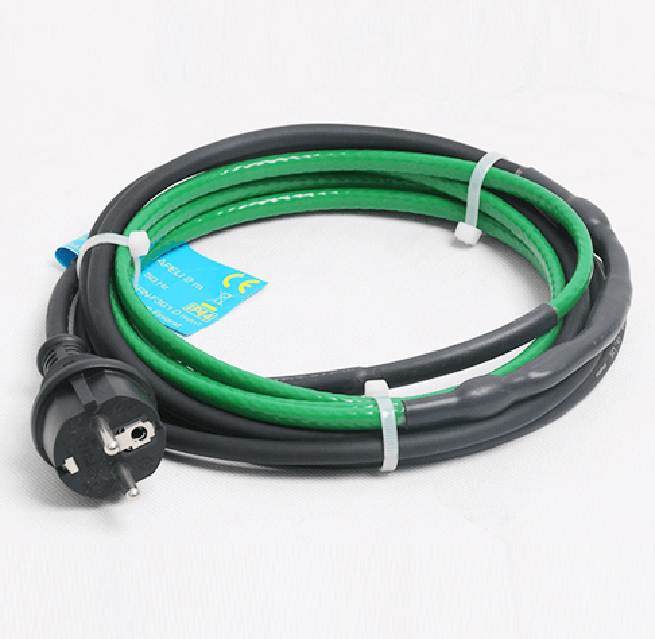
Applications of Self-Regulating Heat Trace Cable
Self-regulating heat trace cables can be used for a variety of applications, including:
Freeze protection: Self-regulating heat trace cables can be used to protect pipes, tanks, and other equipment from freezing.
Temperature maintenance: Self-regulating heat trace cables can be used to maintain a specific temperature in pipes, tanks, and other equipment.
Snow and ice melting: Self-regulating heat trace cables can be used to melt snow and ice from roofs, gutters, and driveways.
Process heating: Self-regulating heat trace cables can be used to heat fluids and gases in industrial processes.
If you want to wholesale high-quality self-regulating heat trace cable, welcome to contact us for detailed ordering information!
Helpful Tips
Here are some helpful tips for choosing a self-regulating heat trace cable:
Choose the right cable size: The diameter or wattage of the cable must be strong enough to maintain the desired temperature in the application.
Ensure compatibility with the environment: The cable must be resistant to the chemicals and other elements it will be exposed to.
Ease of installation: The cable should be flexible and easy to install, even in tight spaces.
Durability: The cable should be able to withstand the rigors of the environment.
Cost: The cable should be affordable and easy to maintain.
Conclusion
Self-regulating heat trace cables are a versatile and efficient way to protect pipes and equipment from freezing, maintain a specific temperature, melt snow and ice, and heat fluids and gases. Feel free to contact Wuhu jiahong for detailed ordering information and services!




